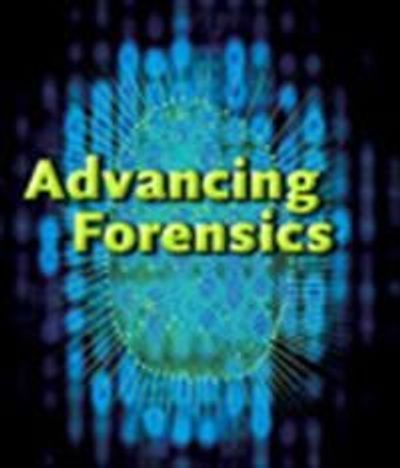Of all of Stephen Jay Gould's essays in Natural History, one stands out as my favorite—for egotistical reasons. "Hopeful Monsters" appeared in October 1980. German-American geneticist Richard Goldschmidt (1878-1958) coined the term hopeful monsters in 1940 to describe the occasional two-headed calf or five-legged frog mutant that might find another like itself, breed, and somehow produce a new species. Strict Darwinian gradualists ridiculed the idea, but Gould and Niles Eldridge's 1972 punctuated equilibrium theory lent it some credibility.
Gould's hopeful monsters were the homeotic mutants of Drosophila melanogaster, notorious for their transformed body parts—wing to haltere, antenna to leg. Although the essay lacks the trademark baseball reference, it follows his typical talky style. An anecdote comparing homeotics to sideshow freaks opens the essay. Next comes the 'I couldn't have said it better' zinger: "Congenitally malformed bodies are nature's experiments, uncontrolled by intentional human art to be sure, but...
Interested in reading more?

Become a Member of
Receive full access to digital editions of The Scientist, as well as TS Digest, feature stories, more than 35 years of archives, and much more!
Already a member?